Table of Contents
They’re shaking up art and gaming – but what are NFTs exactly?
NFTs have taken over the art and gaming worlds. Whether you think they’re a passing fad or a fantastic new opportunity for artists, they continue to make news when they sell for millions of dollars.
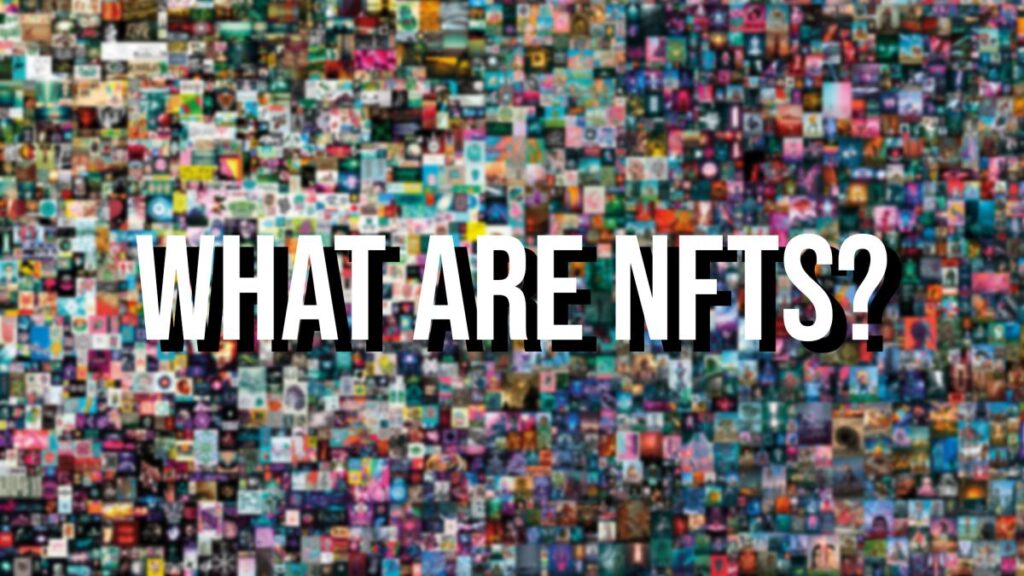
Although the long-term viability of NFTs is still being disputed, they continue to sell like hotcakes on the internet. Many believe that NFTs are here to stay, and with the emergence of Facebook’s Metaverse, now seems like a good time as any to brush up on all things digital. So, keep reading to learn everything there is to know about the elusive NFTs.
This handy guide will cover everything you need to know about NFTs, from how they function to how to build them, the debate surrounding them and what they are. If you are wondering on the hows, then our article on how to make and sell NFT, gives you just the insight you need to kick that off.
What are NFTs?
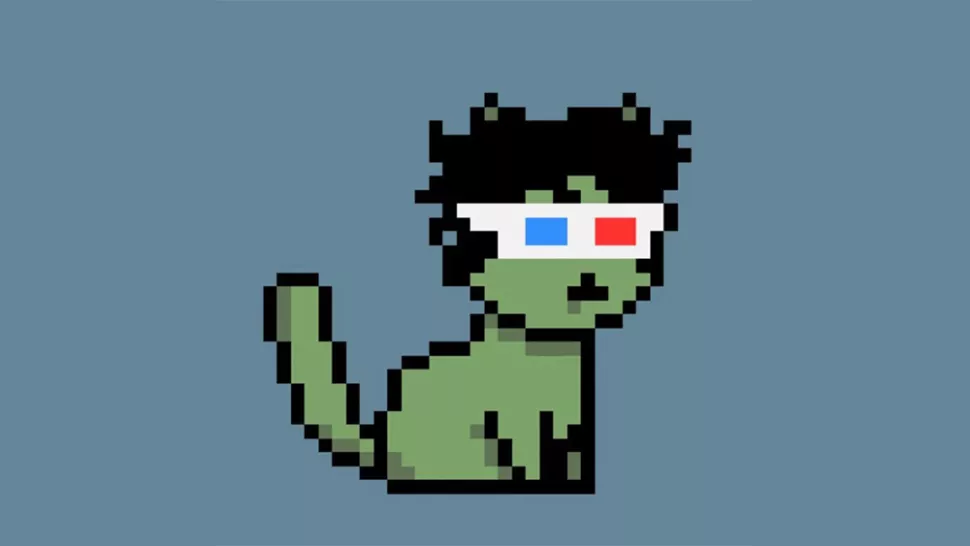
NFT stands for a non-fungible token, which implies there’s an utterly unique and non-interchangeable unit of data kept on a digital ledger that uses blockchain technology to provide proof of ownership buried inside those odd artworks. NFTs are collectible digital assets with monetary worth, similar to how tangible art has monetary value.
Cryptocurrencies such as Bitcoin and Ethereum are similar to NFTs. An NFT, on the other hand, is fully unique and cannot be traded like-for-like, which is where the term “non-fungible” comes into play. The file contains additional data that raises it above the domain of pure cash and into the world of, well, anything.
Any readily copied digital material, such as photography, art, music, films, tweets, and even memes, can be saved as an NFT to identify the original copy. NFTs can be made out of nearly anything unique that can be digitally saved and has value. They’re similar to any other collector’s object, such as a painting or a vintage action figure, only you’re paying for a file and documentation that you own the original copy of rather than a tangible thing.
How do NFTs work?
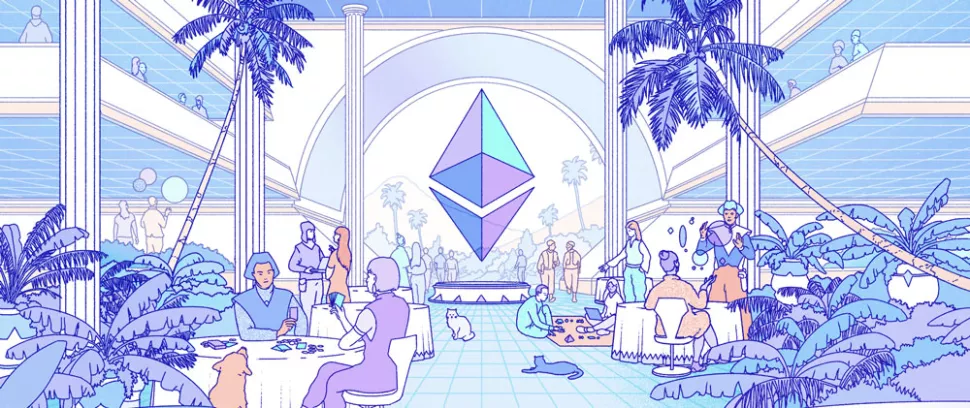
The blockchain ledger can verify an NFT’s unique identification and ownership. They were initially introduced on the Ethereum blockchain but are currently supported on other blockchains like FLOW and Bitcoin Cash. Whether the actual file is a JPG, MP3, GIF or something else, the NFT that indicates its ownership may be purchased and sold just like any other piece of art and the price, – like real art – is primarily determined by market demand.
If you went into an art gallery’s gift store, you’d see a lot of replicas of famous masterpieces; likewise, certain NFTs work in the same manner. Parts of the blockchain are perfectly valid, but they don’t have the same value as the original.
NFTs will almost always include a license for the digital asset they refer to, but this does not imply copyright ownership. The copyright owner has the right to duplicate the work, but the NFT owner does not get any payments.
Where can I buy NFTs?
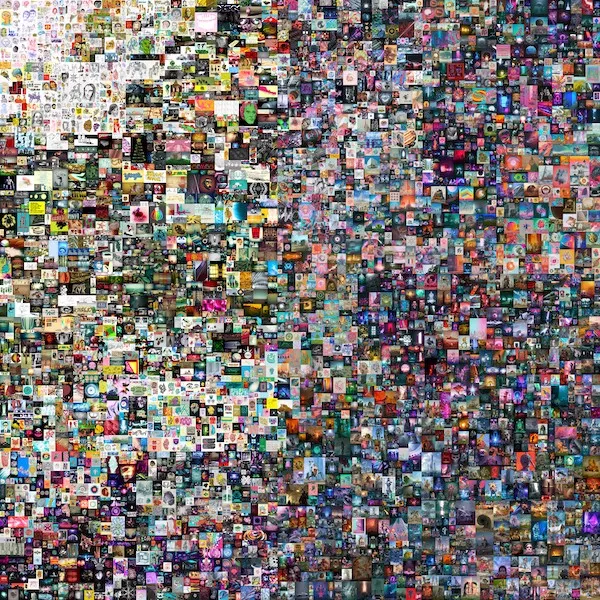
Don’t fool yourself into believing you’ve hacked the system by right-clicking and saving an NFT picture. That won’t make you a billionaire since your downloaded file won’t have the metadata that identifies the file as the original and makes it part of the blockchain.
If you want to buy NFTs, you may do so on a number of platforms depending on what you’re looking for (for example, if you want to buy baseball cards, your best shot is a site like digitaltradingcards, whereas other markets sell more broad items). You’ll need a wallet that’s particular to the site you’re buying on, as well as bitcoin to put in it. NFTs are making their way into more popular auction houses, as seen by the record sale of Beeple’s Everyday – The First 5,000 Days at Christie’s (pictured above). That Beeple sculpture, in case you missed it, sold for $69.3 million.
Because of the great demand for several sorts of NFT, they are frequently released as ‘drops,’ similar to how events are typically delivered in batches at different times. This implies that when the drop begins, there will be a frenetic rush of eager purchasers, so be sure to register and have your wallet topped up and ready to pay.
The sites listed below are just some of those that sell NFTs.
NFTs are also making waves in video games as in-game purchases (much to the pleasure of parents worldwide). Players may buy and sell these assets, which include playable items such as unique swords, skins, and avatars.
Who uses NFTs?
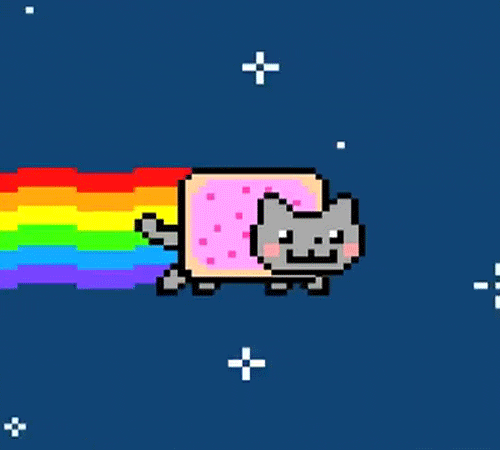
NFTs are gaining popularity among artists, gamers, and marketers from all walks of life. In fact, it appears like a new participant enters the NFT market every day. Stepping into the NFT sector gives artists another outlet for selling their work, as well as a means for fans to support it. NyanCat sold Rainbow Cat for $690,000, and NFT art spans from simple, quick-to-create GIFs to more elaborate paintings.
It’s natural to anticipate well-known artists’ work to sell for a lot of money as NFTs, which is exactly what one anonymous group of ‘art fans’ did when they torched an original Banksy to boost the value of an NFT. Some sales, though, are still unexpected. Not only was the Beeple auction the largest NFT art sale, but it was also the third-highest sum ever paid for a live artist’s work.
In the present day, NFTs are certainly upending the premise of video game in-game purchases. Ownership of all digital assets in a game may change from the game maker to gamers given that gamers merely purchase them for temporary use while playing the game. However, NFTs imply that asset ownership has transferred to the buyer. That means they may be purchased and sold throughout the gaming platform, with additional value-added depending on who possessed them previously. NFTs are increasingly being used as the only basis for whole games.
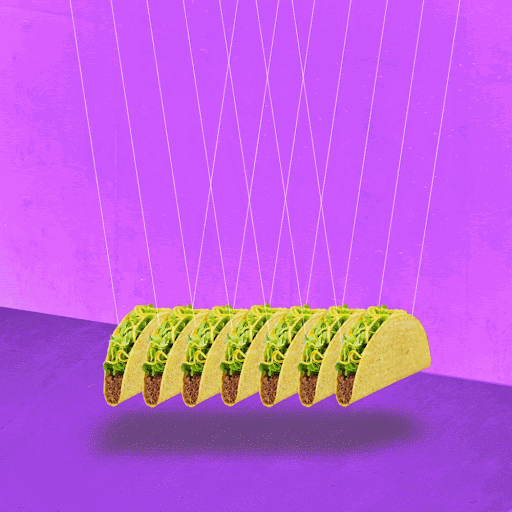
NFTs are becoming a popular revenue source for brands, and we’ve seen a variety of businesses hop on board. Taco Bell’s taco-themed GIFs and photos (one of which can be seen above) sold out in less than 30 minutes. Although each NFT came with a $500 gift card, which may explain their early appeal, the TacoCards are now going for up to $3,500 on the secondary market (and this does not include the gift card!).
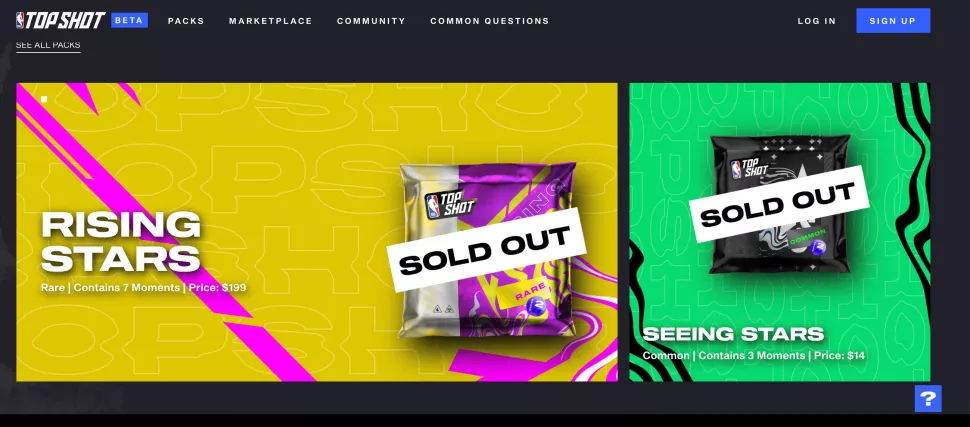
Even the NBA, a professional basketball league in the United States, has gotten involved. NBA Top Shot is a digital collectibles platform that sells trading cards with historic basketball events encoded in them. The NBA intends to push this income stream as far as it can go by adding virtual jewelry, accessories, and clothes that can be utilized throughout social media.

Even tweets, it turns out, maybe valuable. The first-ever tweet (sent by Twitter co-founder Jack Dorsey to indicate he was setting up his account) was sold for an astounding $2,915,835.47. You may also acquire digital real estate and 3D assets like furniture as NFTs, as well as the rights and originals of musicians’ work, as well as short movies to snippets of their songs.
Why are NFTs controversial?
Although there is a lot of money to be gained in the NFT market, you may have heard that there is also a lot of controversies, not least because of the impact on the environment. The development of blockchain assets, including NFTs, necessitates a massive amount of computational power — and hence a tremendous amount of energy. Some people are concerned about the potential environmental consequences of the obsession.
CryptoArt.wtf, a site dedicated to calculating the carbon footprint of NFTs (which is now defunct), determined that ‘Coronavirus,’ a piece of NFT art, spent an astonishing 192 kWh during its manufacture. That’s the equivalent of a European Union resident’s whole two-week energy use. Was it a really large piece? A’simple’ NFT GIF is projected to consume the same amount of data.
Artists may contribute by attempting to make carbon-neutral artwork (Beeple has promised to do this going forward as the above tweet explains). However, because of the way blockchain operates, the issue is more serious.
To keep users’ financial data private, Ethereum, Bitcoin, and other cryptocurrencies utilize a ‘proof-of-work’ mechanism (similar to a complicated set of puzzles). This technology also consumes a tremendous amount of energy. Ethereum, in fact, consumes about the same amount of energy as the whole country of Libya. Ouch!
ArtStation was so concerned about the impact on the environment that it recently reversed its intention to sell NFTs in the face of widespread opposition. Sega was recently the subject of a Twitter frenzy after announcing their desire to begin producing NFTs; after all, Sonic was supposed to be all about the environment, right!?!. Some organizations are attempting to make a difference. Here’s a look at what Blockchain for Climate is trying to help the problem.
Many in the art and design world are also outraged that NFTs are being sold for such exorbitant sums of money and that the money isn’t always getting to the artist. Given that NFTs were designed to give control by expressing digital ownership, the concept that they are growing more elite is raising controversy. For many, the buy-in costs are onerous, and the expense of actually purchasing one means that the marketplace has turned into a playground for the super-rich.
Can anyone make an NFT?
If you’ve read this far, you’re probably wondering if you can create an NFT. Well, one would think so, given that Trevor Andrew was able to sell this Gucci Ghost for $3,600 when he drew it. Technically, anybody may produce a work of art, convert it into an NFT on the blockchain (a process known as ‘minting,’) and sell it on their preferred marketplace. You may also add a commission to the file, which will pay you every time someone resells the work.
You’ll need a wallet set up, just as when buying NFTs, and it’ll need to be loaded full of cryptocurrencies. The issue arises from the necessity for money upfront.
The hidden costs may be exorbitant, with sites charging a ‘gas’ fee for each sale (the cost of the energy required to conduct the transaction), as well as a fee for selling and purchasing. You must also consider conversion costs and pricing changes based on the time of day. As a result, the costs might frequently be far more than the sum you receive for selling the NFT.
Whether or if NFTs are here to stay, they are now producing money for certain people and opening up new possibilities for digital creativity. However, we would suggest caution and thoughtfulness when deciding which platforms to employ. For more information, see our guide on making and selling NFTs.


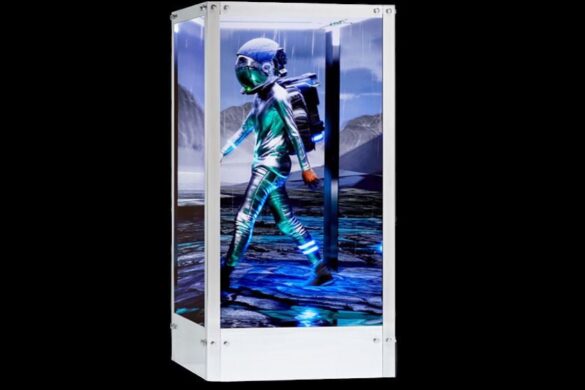
Add your first comment to this post